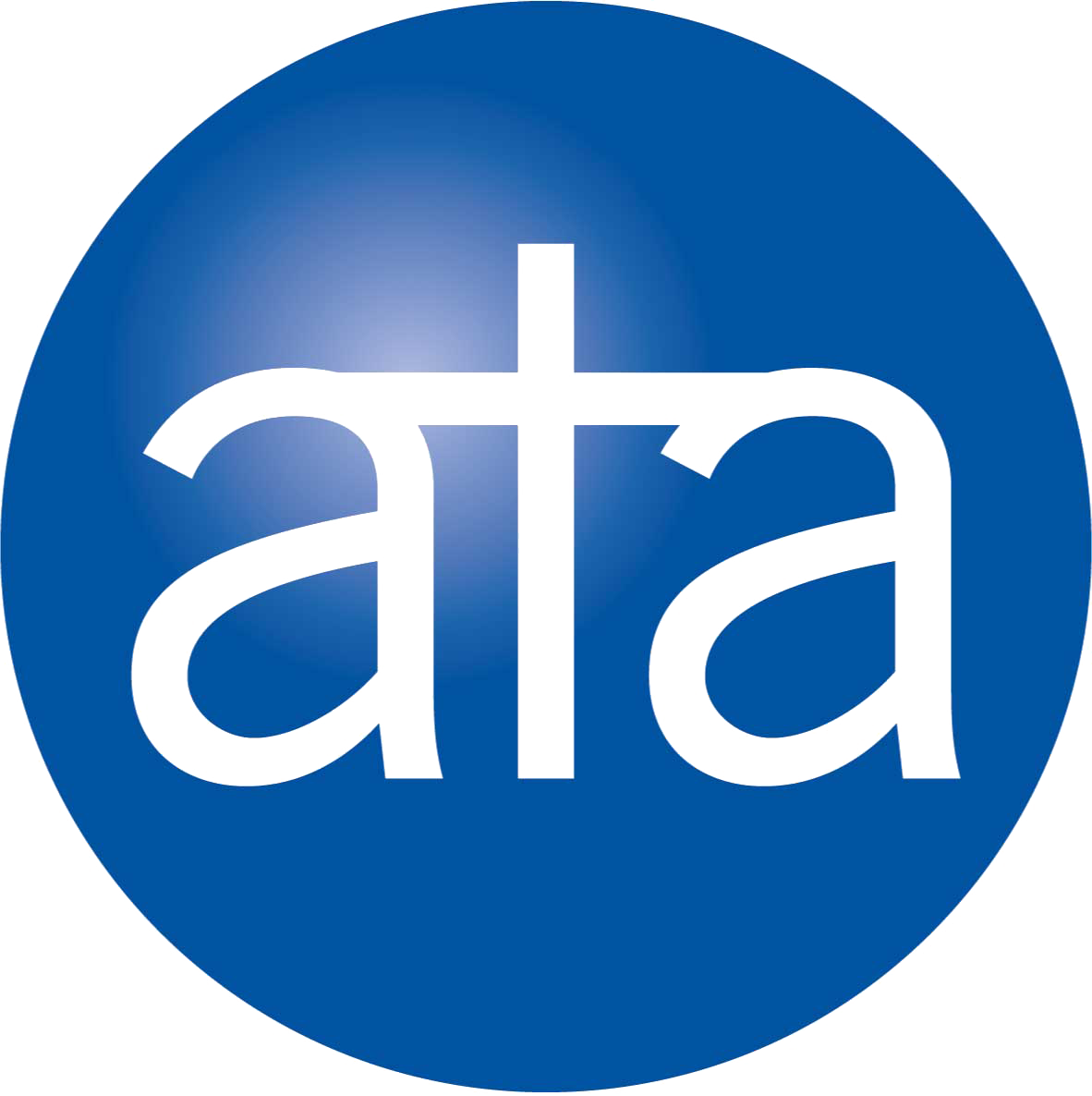Improving your pricing strategy delivers big bottom line impact
Improving pricing strategy delivers bottom line business impact. McKinsey research of large firms claims that 1 % improvement in pricing can improve operational profits by more than 5%. We believe that the improvement for growth firms is potentially even higher.
Many CEOs find pricing a puzzle. Some struggle to move from being reactive to proactive. Others are frustrated that their sales teams can’t achieve better pricing levels.
When working with clients we hear a variety of symptoms and messages. These vary from sales reps who complain that ‘our prices are too high’ to CFOs who feel that ‘product margins are too low’. There appear to be a common set of ‘adhoc pricing’ symptoms:
- Frequent discounting
- Lack of alignment between sales commissions and pricing
- Absence of customer segmentation.
On the other hand, powerful pricing approaches include a better understanding of customer willingness to pay and a more commercially driven approach.
When working with clients we find that there are several strategies or tactics that can be used to improve pricing. These are often dependent on business situation and the clients ‘pricing maturity’.
To help with the pricing maturity discussion we use a simple pricing maturity model (below). This helps leadership teams start to assess their ‘pricing maturity’. It classifies pricing maturity into: ‘Adhoc’ , ‘Average’ or ‘Advanced’, as below.
Pricing Maturity Model |
Pricing Maturity Policy | Symptoms | Potential operational profit impact of 1% improvement in pricing |
Adhoc |
| 5% potential improvement in operating profits |
Average |
| 2-3% potential improvement in operating profits |
Advanced |
| Limited potential to improve profits from pricing |
We find that this diagnostic approach helps clients consider pricing as a lever to improve profits. We illustrate a simplified approach with the disguised customer example below.
Helping Aries improve profitability
Let’s call the client, (a €50m+ engineering company with 9% net profits) Aries. The existing pricing policy was based on a ‘cost plus’ model. Pricing was uniform across all customer segments. The sales team was paid commission on revenue targets reached, regardless of discounts (which had to be approved by the VP Sales).
The Aries CEO had an important challenge for his team and us – how do we move from 9% to 15% net profit over a 3 year period?
The first phase of the engagement consisted of the following three questions:
- What is customers willingness to pay?
- Will some customer segments pay more than others?
- How can we stop discounting our prices?
The willingness to pay approach focused on probing the maximum customers might be willing to pay. We found the formula below helpful:
Willingness to pay (WTP) = [cost of alternative competitor options] plus [value of our differentiator]
|
Diligent market research highlighted that our pricing was somewhat lower than competitors. Also customers valued our service levels and expertise highly. They saw this as a real differentiator. Our client Aries had not been highlighting this differentiator and not monetising it.
It became clear that some customers segments had a greater willingness to pay (WTP). For example, food companies who had low margins were very price sensitive. There was no room to increase prices. However, pharmaceutical companies were prepared to pay 35% more than food companies for the same product.
The Aries sales team was focused on winning deals and maximizing their commissions. They had little visibility on margin or profits. However, once they saw the market data, they saw the logic in increasing the focus on the pharmaceutical sector (with slightly higher commissions) but no discounts. They recognized that discounts were a silent killer. Working with the sales team (and the CFO), we prepared a value calculator, which demonstrated the value the Aries inspection product was delivering. This helped anchor higher pricing.
Pricing is an underutilised lever to improve performance. In the Aries case, Phase 1 resulted in an improvement in profits from 9% to 11.25% over 18 months. Is your pricing policy Adhoc, Average or Advanced? Maybe you might start a pricing discussion with your team …


























